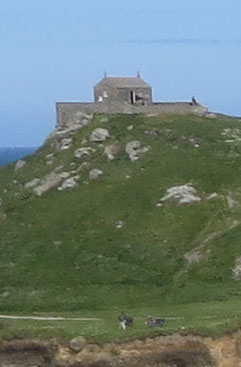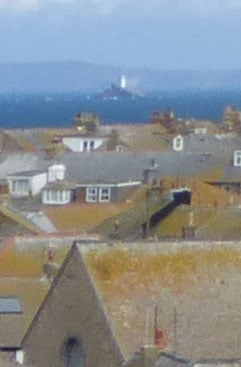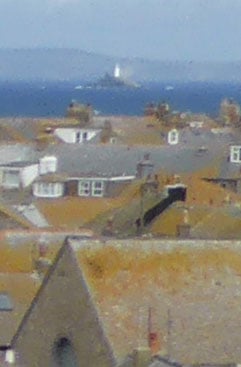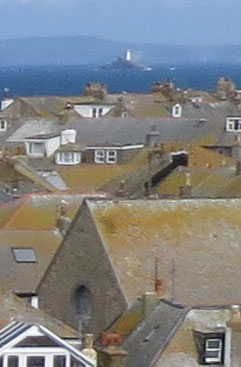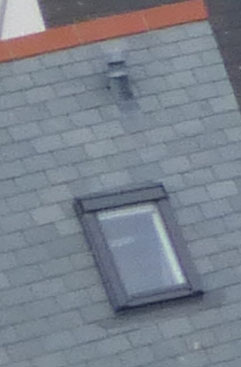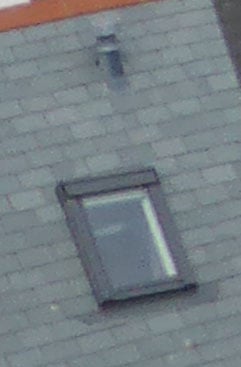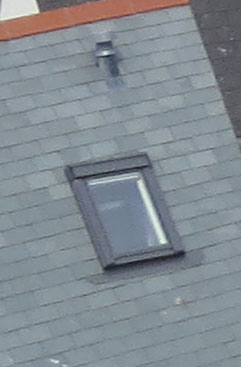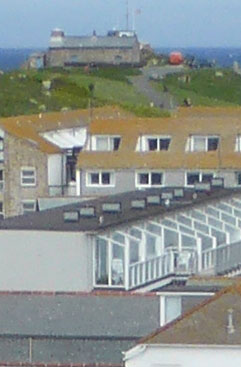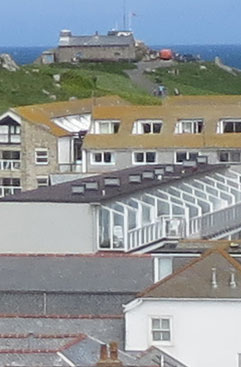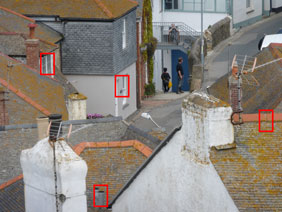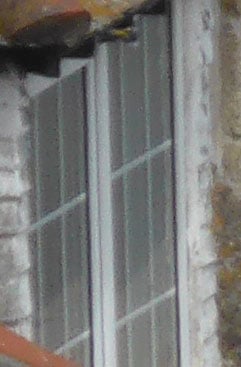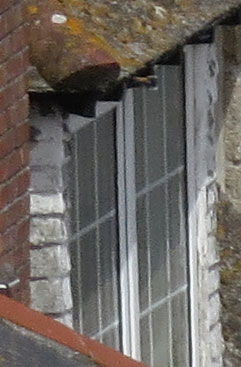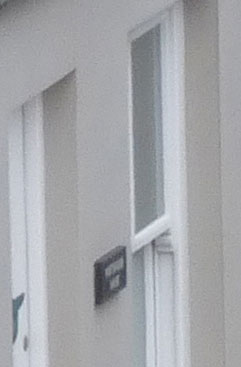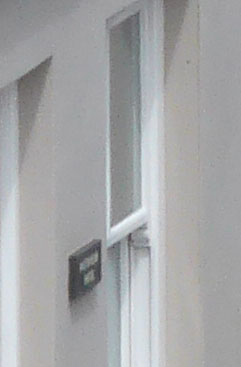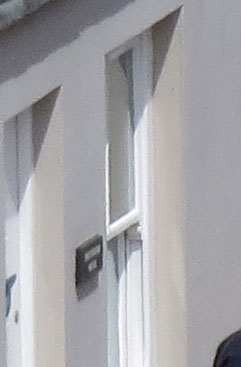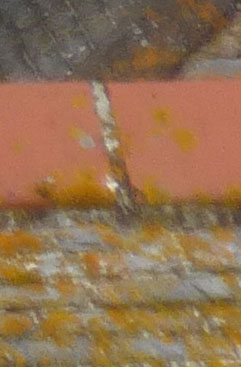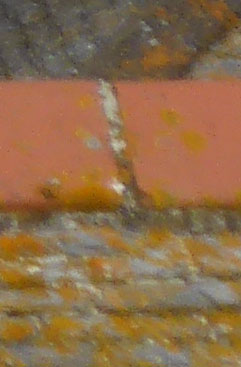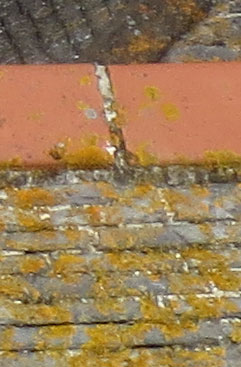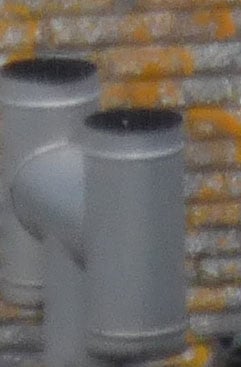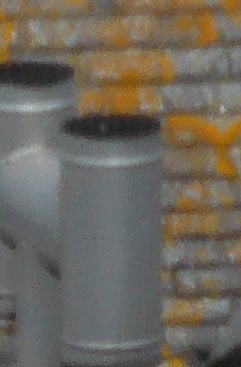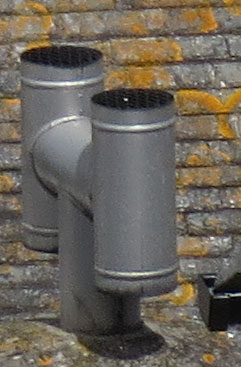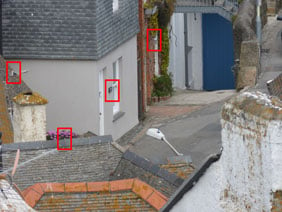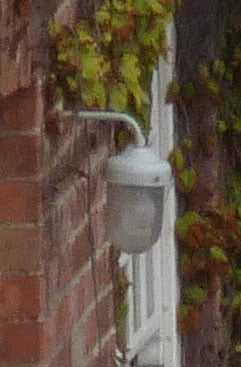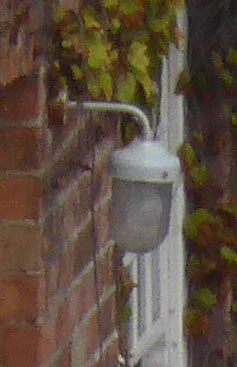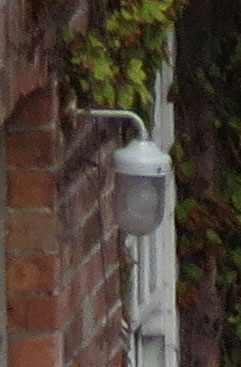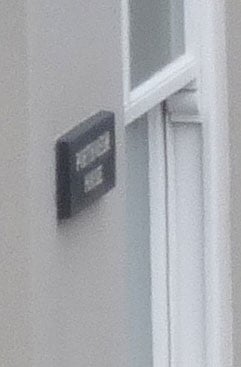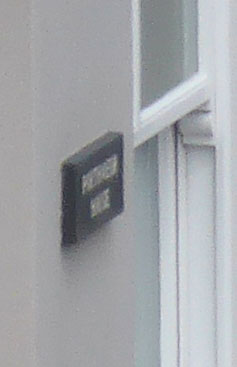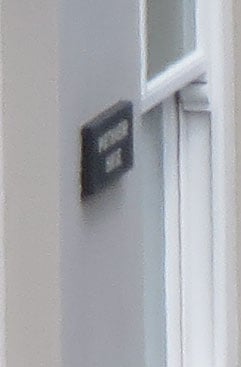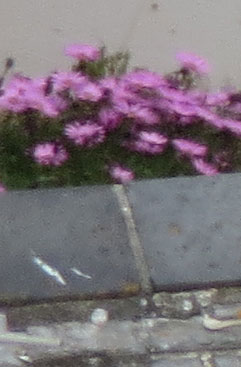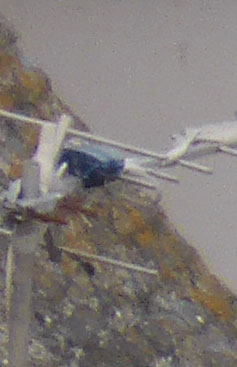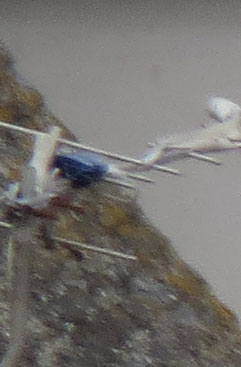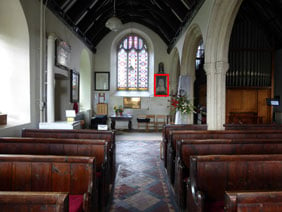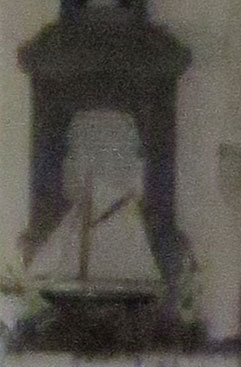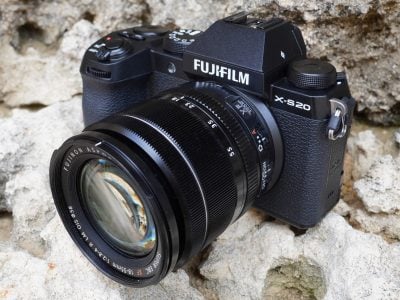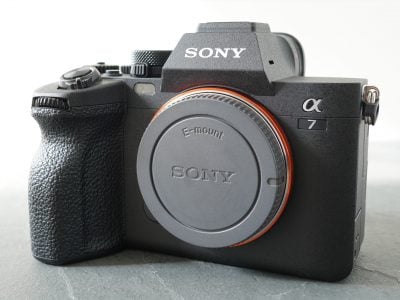Panasonic Lumix TZ35 / ZS25 review
-
-
Written by Gordon Laing
Quality
Panasonic Lumix TZ35 / ZS25 vs Lumix TZ40 / ZS30 vs Canon SX280 HS quality
For this final test I zoomed all three models to their maximum telephoto length – 480mm on the TZ35 / ZS25 and the TZ40 / ZS30 and 500mm on the Canon PowerShot SX280 HS. Once again, I set the exposure mode to Program Auto and each model selected the widest available aperture at that zoom setting, f6.4 on the two Lumix models and f6.8 on the SX280 HS. It’s interesting to see that, at the maximum telephoto focal length, the quality differences between all three models are evened up to a degree. The TZ35 / ZS25 still puts in a very good performance at 480mm, maintaining a good level of detail and sharp edges, particularly in the first two crops. The detail in the flowers in the third crop is starting to look a little indistinct and the flat colour area in the top right of the fourth crop has some worrying looking pixellation. At this focal length, the TZ40 / ZS30 raises its game and produces crops that are almost, but not quite, on a par with the 16 Megapixel TZ35 / ZS25. In this set of crops there’s much more consistency across the frame, the crops taken from close to the edge are softer, but not to the same degree as at the wider zoom settings. 500mm is the maximum focal length for the SX280 HS and the strain is beginning to show just a little bit. All four crops are a little softer than those at 250mm and the first and last crops are a little blurry. These results aren’t quite so good as those produced by the SX280 HS at 250mm but, though the margin is much smaller, in my view they still just beat those from the Lumix TZ35 / ZS25. Now head over to my Lumix TZ35 / ZS25 noise results!
Now check out how these models compare at higher sensitivities in my Panasonic Lumix TZ35 / ZS25 Noise results.
| |
Panasonic Lumix TZ35 / ZS25 vs Lumix TZ40 / ZS30 vs Canon SX280 HS Noise
The above shot was taken with the Panasonic Lumix TZ35 / ZS25 in Program auto exposure mode. The TZ35 / ZS25 was mounted on a tripod for this test and image stabilsation was disabled. The TZ35 / ZS25 metered an exposure of 1/3 at f3.3 at the base 100 ISO sensitivity setting. The Panasonic TZ40 / ZS30 metered 1/4 at f3.3 and for the Canon SX280 HS the exposure was 1/4 at f3.5 at 80 ISO. Before I examine the crops in detail let’s remind ourselves what we’re looking at here. All three of these compact models are fillted with a sensor that’s the same 1/2.3 inch physical size, but the Lumix TZ40 / ZS30 with 18.1 Megapixels has the highest resolution, followed by the 16.1 Megapixel Lumix TZ35 / ZS25 and finally the Canon SX280 HS at 12.1 Megapixels. So you might expect the TZ40 / ZS30 to have the worst noise performance of the three, followed by the TZ35 / ZS25, with the PowerShot SX280 HS providing the best results. Lets take a look and see if that’s how it pans out. The Canon PowerShot SX280 HS is the only model with an 80 ISO crop, so the 100 ISO setting is the first chance we get to compare all three models. It’s worth noting, however, that the SX280 HS 80 ISO crop shows slightly less noise and is marginally better than the 100 ISO crop from the same model. At 100 ISO the SX280 HS crop is a tiny bit noisier, but you have to look closely at 100 percent view to see the difference. 100 ISO is the first chance we get to take a look at the TZ35 / ZS25 and it’s a good start. There’s noise visible in this crop, but generally it’s a good result that’s actually very similar to the crops from both the Lumix TZ40 / ZS30 and the PowerShot SX280 HS. In terms of noise, there’s not much to separate these three models at 100 ISO. At 200 ISO the TZ35 / ZS25 crop looks both a little noisier and a bit softer, but this is still a good result, the edges of the memorial panel are reasonably clean and the text remains just about legible. At this sensitivity setting there are qualitative differences betweem the the TZ35 / ZS30 and the TZ40 / ZS35, but I don’t think you could argue one is noisier than the other. The edges of the memorial panel and the flat coloured background wall look a little cleaner on the TZ40 / ZS30 crop, but there again, the finer detail in the text panel on the TZ35 / ZS25 crop looks clearer. Such nuances are unlikely to be visible other than at pixel-peeping 100 percent comparisons though. At 200 ISO the Canon SX280 HS crop isn’t quite as soft as the Lumix ones, but it is just as noisy. At 400 ISO, as you’d expect, the noise has taken another hike. Now, on the TZ35 / ZS25 crop, the text is no longer legible and there’s a coarse grain covering the whole area. For the first time though, the TZ35 / ZS25 has edged ahead of the TZ40 / ZS30 which looks noisier, a little softer and is also suffering from a little localised smearing. Like The TZ35 / ZS25 the PowerShot SX280 HS produces a good result at 400 ISO, but is it better than the TZ35 / ZS25? If it is, I think the difference is so small as to be negligible. At 800 ISO we get the predicted results, with the PowerShot SX280 HS in front, followed by the TZ35 / ZS25 and then the TZ40 / ZS30. But at 800 ISO the margins are slight, and none of these crops looks particularly good, with the processing only able to keep the noise levels down by sacrificing a lot of detail. It’s a similar story at 1600 ISO, though by now the crops from all three models are as much noise as image data, but the Canon SX280 HS maintains its edge with a higher level of detail, cleaner edges and less intrusive graininess. Beyond 1600 ISO nothing looks very pretty. Note that of the composite modes, which shoot a quick succession of shots at auto ISO sensitivity and produce a single composite result, the TZ35 / ZS25 produces the best result at 400 ISO, with more detail and less smearing than the TZ40 / ZS30. It’s not possible to make a comparison with the PowerShot SX280 HS which selected 1000 ISO in its Handheld Nioght Scene mode. Overall then, while there is a noise dividend to be gained from choosing a camera with a lower resoluton sensor, like the Lumix TZ35 / ZS25 or the PowerShot SX280 HS, it’s not nearly as big a difference as you might assume. Now head over to my Panasonic Lumix TZ35 / ZS25 sample images to see some more real-life shots in a variety of conditions.
|


